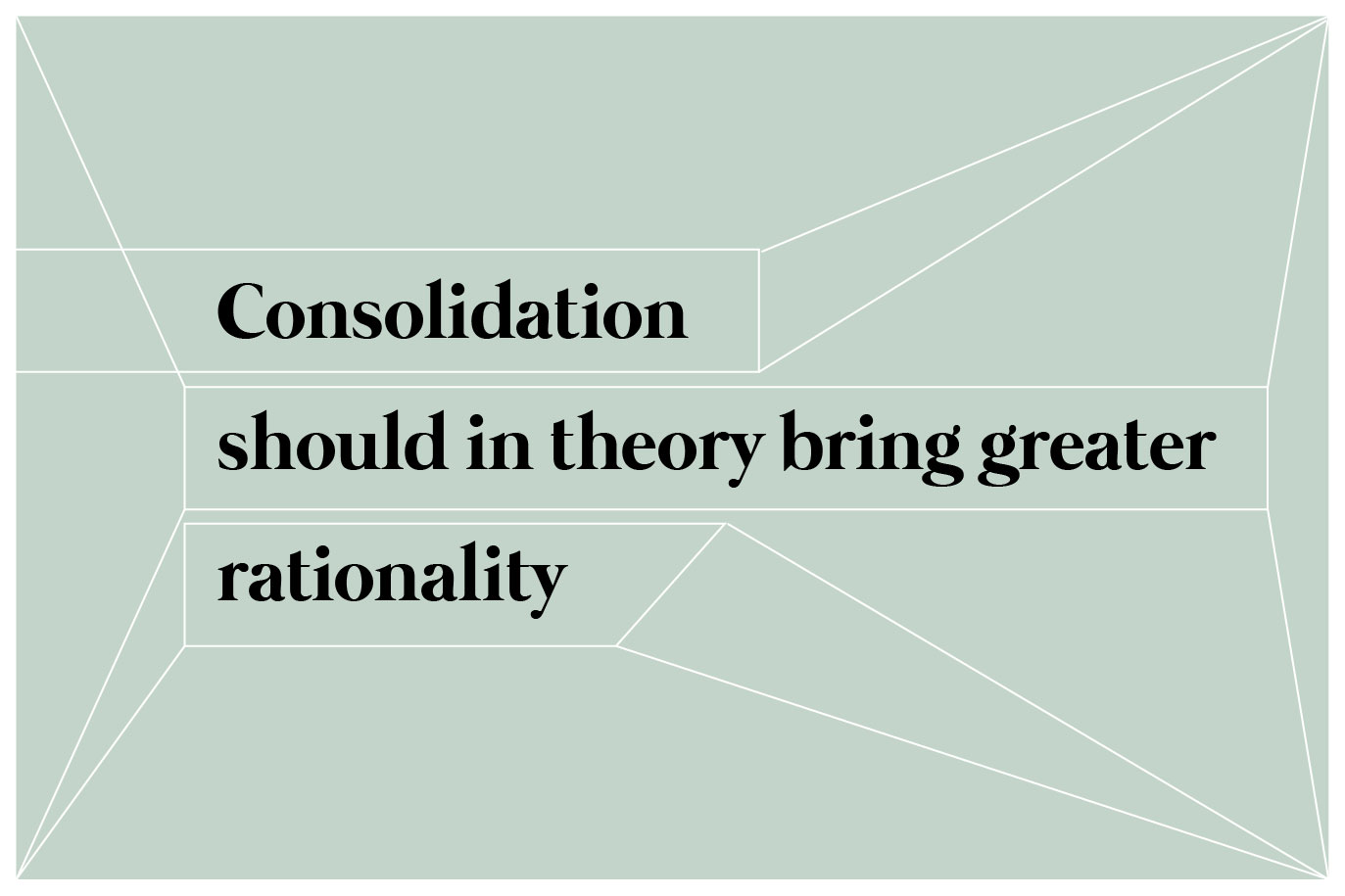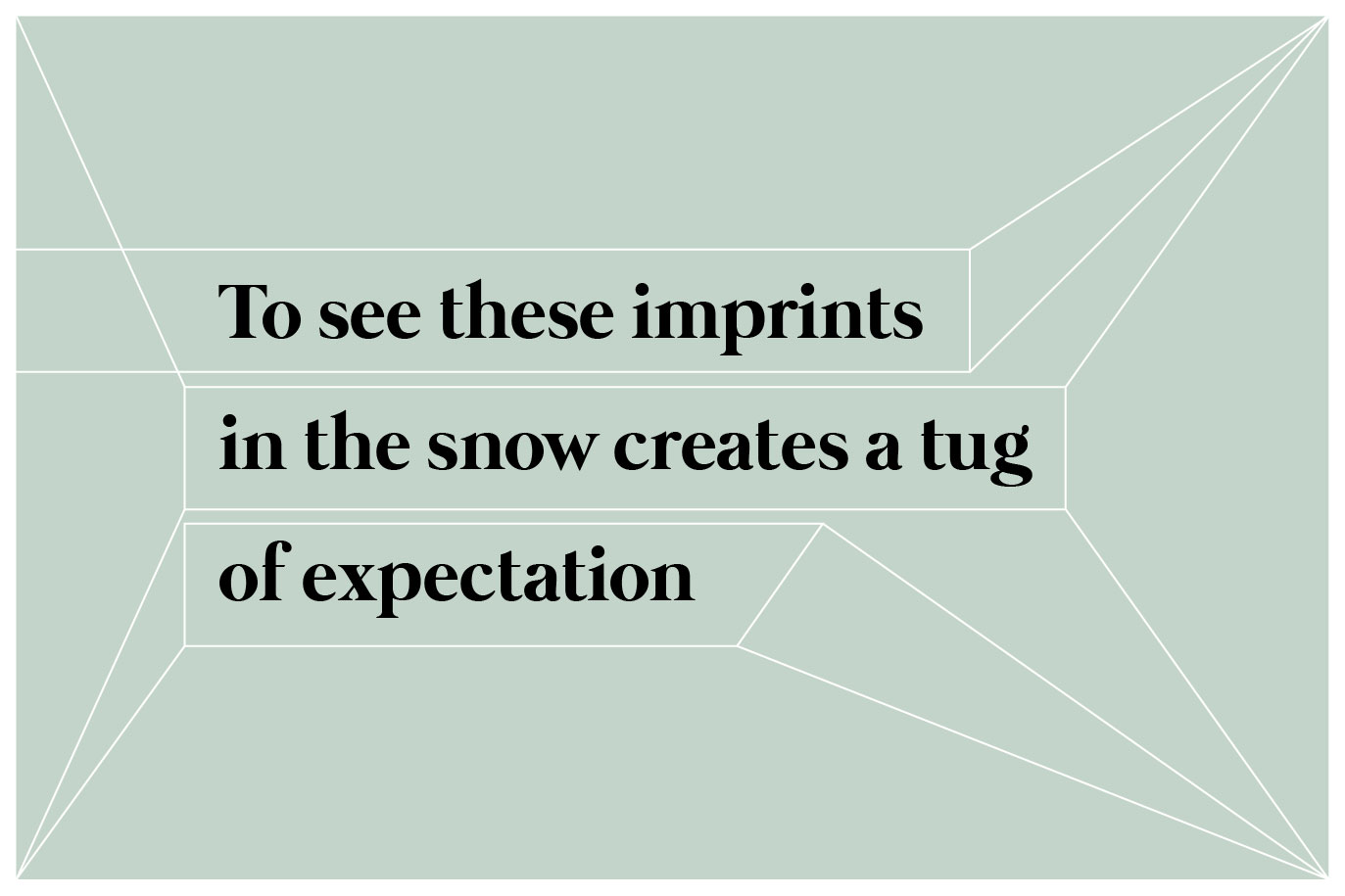Triumphant flourish
as the plates and glasses come
flying to the ground
These lines aren’t the creation of a freestyling poet or a literary genius, but part of a Financial Times report on the post-Brexit fallout for the European Union. The author? A computer algorithm.
Chris Gathercole, head of FT Labs at the Financial Times, was learning a new coding language, GoLang, when an idea struck him: Why not create poetry out of news stories?
He developed a program that parses an article for text and pieces together fragments that can be hand-picked to form a Haiku, an ancient form of Japanese poetry. Haikus follow a set pattern — typically a three-line observation with 17 syllables arranged in a 5-7-5 pattern.
The “accidental” poems are now published in the FT as part of a column called Hidden Haiku.

Image by Sonali Prasad. Words by a robot.
“I love that these snippets are just sitting in plain sight but unrecognized in the FT articles,” Gathercole told Poynter in a video call. “You can tell when a journalist has written a piece and really enjoyed the words.”
Gathercole was inspired by a similar feature in The New York Times.
“I was really fascinated by the concept of creating lyrics through text, but the Times piece did not mention how they did it,” he said. “That gave me the creative freedom to experiment with my code.”
The FT’s algorithm outputs a long list of candidate haikus for any given piece, but Gathercole doesn’t mind the manual process of filtering them.
“It feels like panning for gold,” he said. “A lot of effort, but the results are very rewarding. Sometimes, the haikus are a creative expression of the original article and sometimes, they are don’t reflect the story at all.”

Image by Sonali Prasad. Words by a robot.
Gathercole’s experiment has already found acceptance in the senior editors of the newsroom, but he still awaits approval from authors of the news reports.
‘We haven’t publicized the column yet,” he said. “Only a few people have managed to find it under the Life & Arts section. I hope that when the reporters read the haikus, they don’t think that we’re making fun of their work.”
The prospects of the Hidden Haiku column are endless for him.
“Perhaps if they like the feature, journalists at FT can start gaming the system and start planting hidden Haikus in their stories.” he smiled. “Now won’t that be fun?”
He plans to make the script of the algorithm public.
“I will publish a blog post at labs.ft.com once we are ready to publicize the column,” he said. “The code will be in our GitHub repository.”
Below are some of the haikus that have been published in FT so far, with their associated articles.
Climate change and mismanagement hit crops in Maharashtra state.
“Income lie withered
and prone across his rocky
field fit for nothing”
The one-time dairy co-op now a global food business selling protein products to bodybuilders.
“As she speaks the sun
breaks through the rain darkened sky
illuminating”
“For a purple rose
with a hint of blue whose name
she had forgotten”
Work until 70 for more generous state pension, says Lord Turner.
“I do not think we
have been creative enough
about creating”
Container shipping lines mired in crisis.
“Consolidation
should in theory bring greater
rationality”






